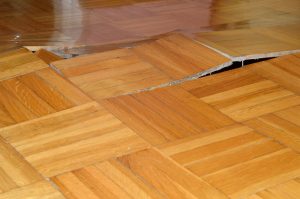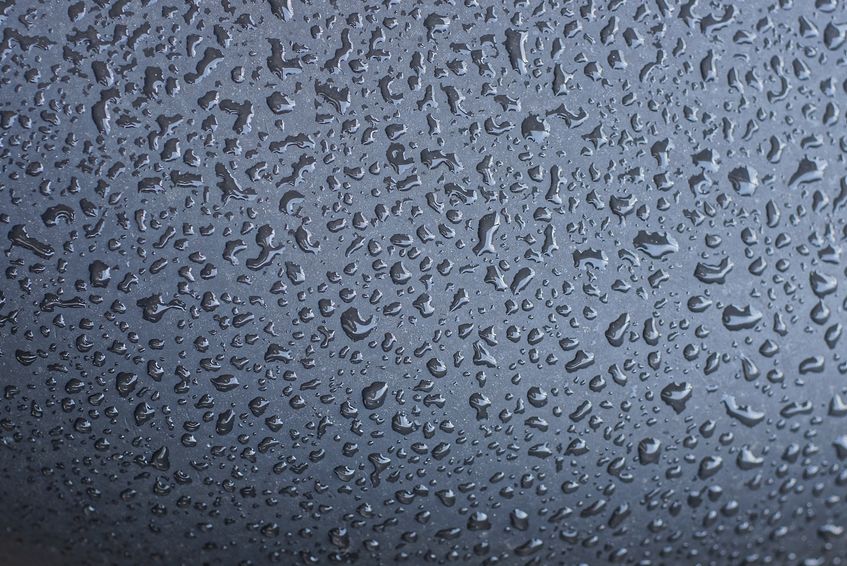Flooring industry professionals know that moisture is often the enemy. It’s important to keep an eye out for the warning signs that moisture is reaching flooring materials and causing problems that could worsen if left untreated. Signs of moisture in flooring vary depending on the type of flooring materials involved, but here are the top ten signs of moisture problems with flooring that it’s a good idea to watch out for in your various projects and builds.
1– Persistent condensation.
It should come as no surprise that the presence of persistent moisture in the form of condensation is an indication of a problem. If small droplets of water frequently form on the surface of wood flooring or other flooring types without an obvious source, it might be because of excess moisture in the boards or materials being released.
2– Warping.
Warped or buckled flooring is another warning sign of potential moisture issues. Excess moisture can cause the wood to pull away from the subflooring, and is generally slight, but can even pull as far as a few inches away from the subfloor.
3– Cupping.
If your floorboards have a wavy appearance, something is not right. In some cases, the edges of flooring materials have more moisture content than the centers cause them to form a cup-like shape. Swelling boards can also push against one another with the pressure resulting in very uneven surfaces.
4– Crowning.
When there is more moisture in the center of boards than the edges, the result is a crowning effect. Even so, this is still a sign of a moisture problem in flooring.
5– Discoloration.
Water damage also generally brings discoloration of materials. In many types of flooring and hardwood flooring materials, excessive moisture can cause dark spots on the wood. If you notice this, you may have a moisture issue.
6– Pop-outs.
In concrete flooring, moisture and chemicals close to the surface of the concrete slab can expand and cause fractures and breakage. Pop-outs, or small cavities in the surface of the concrete flooring, can be the result, and yet another indication of moisture issues that need to be addressed.

7– Spalling.
When exposed to low temperatures, concrete flooring can undergo what we call spalling, where small chips of concrete become separated from the rest of the flooring slab and freeze.
8– Musty smell.
Of course musty smells indicate moisture problems. In any type of flooring, excess moisture can result in the growth of mold and mildew, and give off a musty odor that should serve as an indication of an issue.
9– Loose tiles.
Moisture in the subflooring materials can cause adhesives used between the subfloor and flooring materials atop to fail. In these scenarios, the tile or flooring materials used won’t successfully adhere to the subfloor, and can become loose and begin to shift. This is yet another warning sign of moisture problems.
10– Pests.
Many bugs and other pests prefer damp and dark environments. As such, the presence of pests such as roaches, ants, or termites, can serve as another indication of a moisture problem in flooring. If you detect a pest infestation, odds are they’ve shown up in large part due to excessive moisture.
What To Do About It?
A great way to avoid these flooring problems caused by moisture is to use products that are specifically formulated for superior performance in moisture mitigation. At Base King, our line of flooring adhesive products and systems has been manufactured to provide unparalleled adhesion for flooring projects of all sorts. Learn more about our line of products, and put moisture problems in flooring behind you with your very next project!
